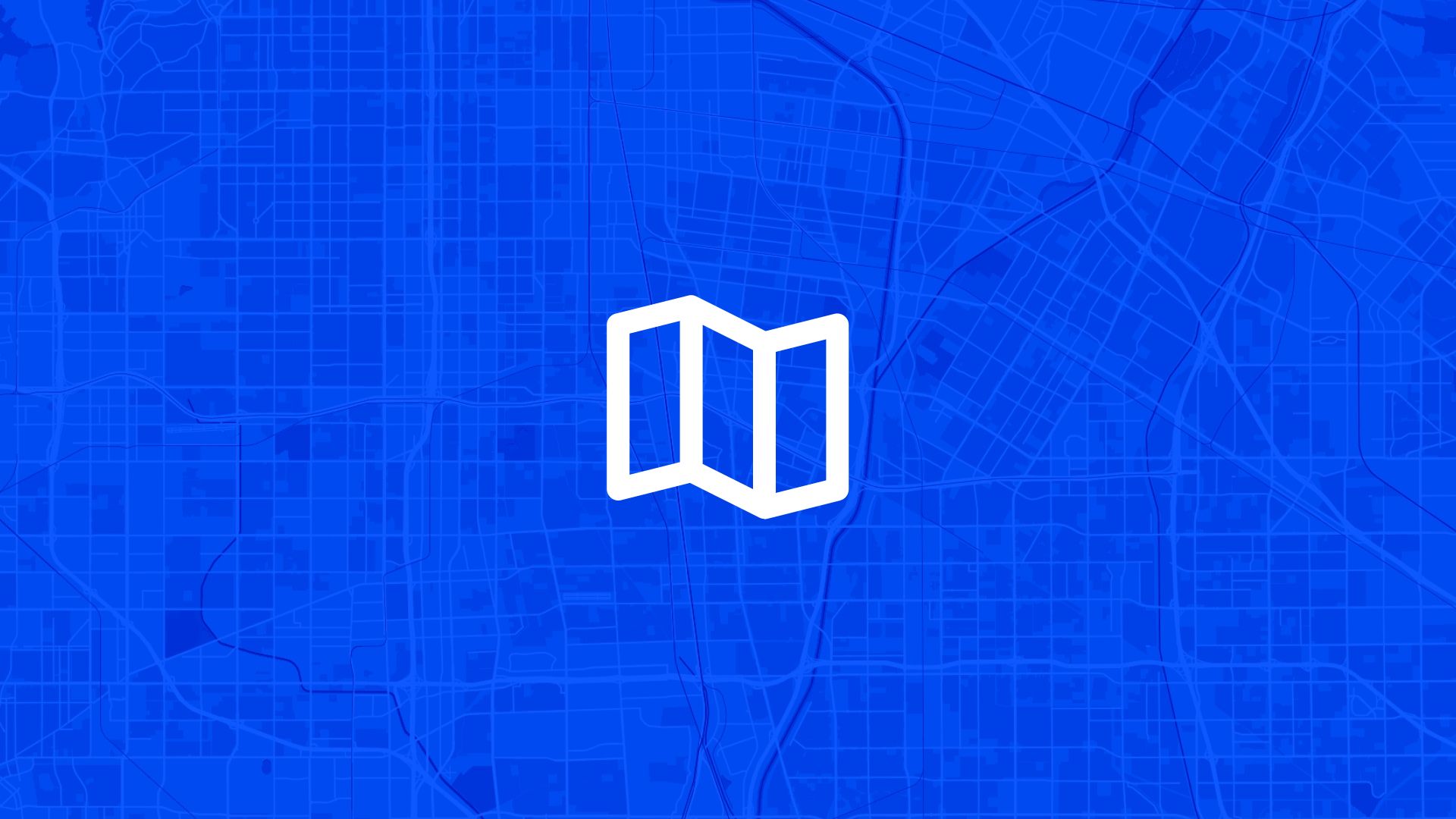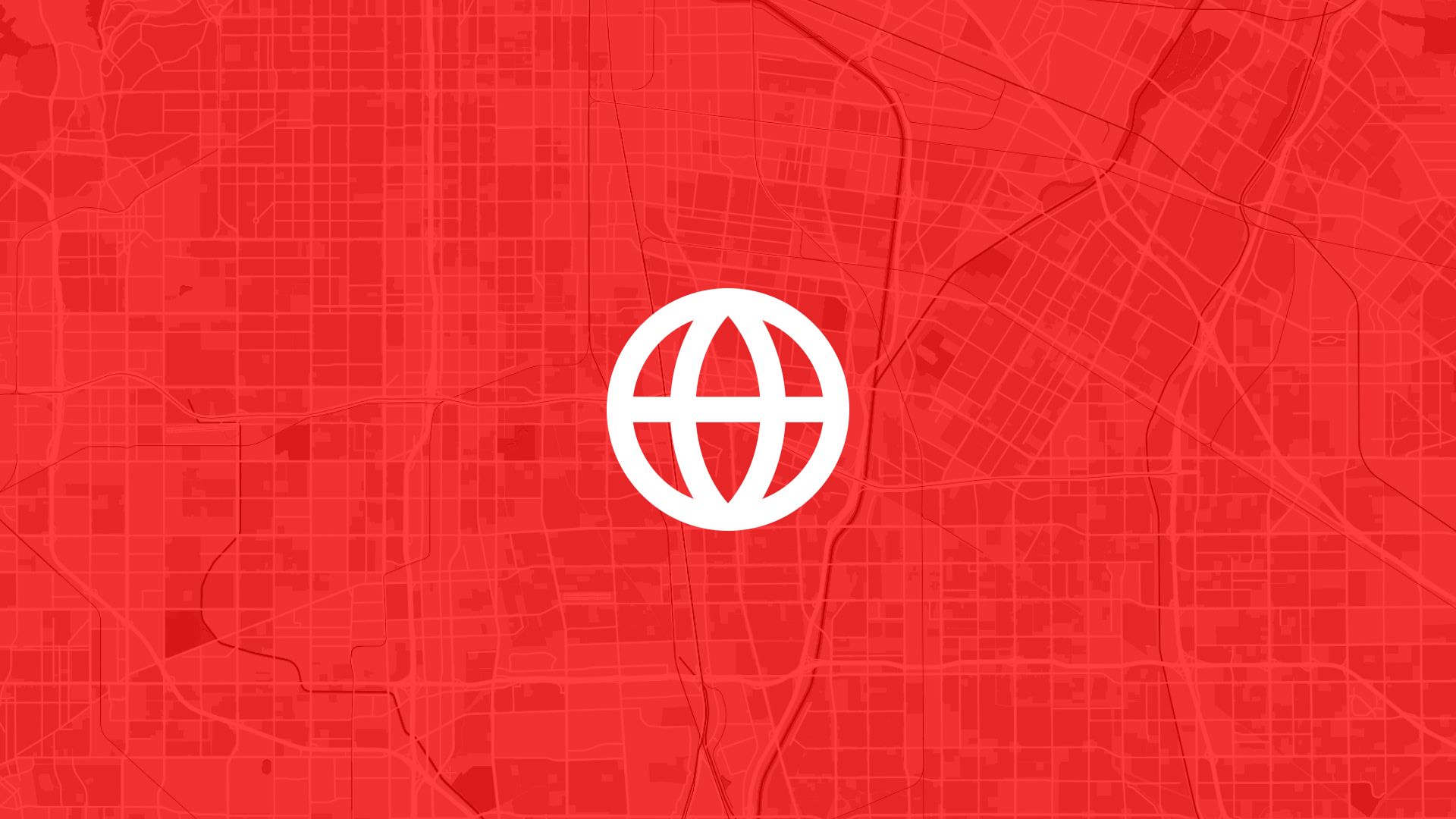The most dangerous construction mistakes happen underground, where you can't see what's already there.
If your underground utilities exist only in separate CAD files, utility company records, or paper as-builts, you're creating unnecessary risks for excavation, construction, and emergency response. That's why smart project managers ask: can we map all underground utilities on one system with layer controls that let us see exactly what's buried where?
With Atlas, you can map underground utilities with organized layer toggles that show or hide different utility types instantly. No CAD software required, no file hunting, no overlay confusion. Everything displays clearly with the ability to focus on exactly the underground infrastructure you need to see.
Here's how to set it up step by step.
Why Underground Utility Mapping with Layer Controls Matters
Comprehensive underground utility mapping with selective visibility prevents conflicts, reduces excavation risks, and enables safer construction planning.
So mapping underground utilities with layer controls isn't just documentation—it's safety planning and risk management that protects people, infrastructure, and project timelines.
Step 1: Set Up Your Base Map with Surface Reference Features
Atlas makes it easy to create comprehensive underground utility maps:
- Add satellite imagery or aerial photography showing current surface conditions and landmarks
- Upload property boundaries and street centerlines for spatial reference and addressing
- Import building footprints and paved areas to understand surface constraints
- Create coordinate systems that match existing utility company standards and survey data
Once configured, you have precise spatial reference for accurately positioning underground infrastructure.
Step 2: Create Organized Layer Structure for Different Utility Types
Next, organize your underground utilities into logical, toggleable layers:
You can create layers for:
- Electric utilities including primary distribution, secondary service, and street lighting circuits
- Gas pipelines with pressure classifications, service lines, and safety valve locations
- Water infrastructure showing mains, service connections, hydrants, and shutoff valves
- Sewer systems including gravity mains, force mains, manholes, and pump stations
- Telecommunications covering fiber optic cables, copper networks, and junction boxes
- Storm drainage with pipes, catch basins, outfalls, and detention structures
Each utility type becomes a separate layer that can be toggled on or off independently.
Step 3: Configure Visual Styling for Underground Infrastructure
To make underground utilities clearly distinguishable:
- Use standardized colors following industry conventions (red=electric, yellow=gas, blue=water, etc.)
- Set appropriate line weights showing pipe sizes, voltage ratings, or capacity differences
- Add depth indicators using line styling or labels to show burial depths
- Create symbol libraries for valves, manholes, transformers, and other underground assets
- Configure transparency settings so multiple overlapping utilities remain visible
Underground infrastructure becomes immediately recognizable and interpretable.
Step 4: Add Utility Attribute Data and Asset Information
To make underground utility maps operationally useful:
- Include pipe specifications such as material, size, installation date, and operating pressure
- Add service information including voltage ratings, flow capacities, or signal specifications
- Document maintenance access showing valve locations, manholes, and service connections
- Create asset condition data for replacement planning and risk assessment
- Include emergency contact information for utility companies and service providers
Also read: Draw Utility Lines and Service Zones
Step 5: Enable Layer Toggle Controls and User Navigation
To make layer management simple and efficient:
- Create intuitive toggle controls that clearly identify each utility type and status
- Set up layer combinations for common workflows like excavation planning or emergency response
- Design quick selection tools for showing only utilities within specific depth ranges
- Configure search capabilities for finding specific utility assets or service addresses
- Test mobile functionality so layer controls work effectively on phones and tablets
Users can quickly focus on relevant underground infrastructure without visual clutter.
Step 6: Integrate with Construction and Emergency Planning
Now that underground utilities are mapped with layer controls:
- Connect to dig-safe workflows for excavation permit applications and utility locating requests
- Generate construction drawings showing underground conflicts and clearance requirements
- Create emergency response maps with utility shutoff locations and service priorities
- Set up project planning views that highlight utility relocations and access needs
- Export utility data for integration with CAD systems, project management, or GIS platforms
Your underground utility mapping becomes part of comprehensive construction safety and emergency preparedness.
Use Cases
Mapping underground utilities with layer toggles is useful for:
- Construction managers planning excavation work and avoiding utility conflicts in development projects
- Utility companies coordinating service installations and maintaining accurate infrastructure records
- Emergency services locating utility shutoffs and understanding service priorities during incidents
- Municipal planners managing public infrastructure and coordinating utility improvements
- Engineering consultants designing projects that work around existing underground infrastructure
It's essential for any operation where underground infrastructure visibility and conflict prevention drive safety and project success.
Tips
- Verify utility locations with professional locating services before relying on mapped data for excavation
- Use consistent symbology that matches industry standards and local utility company conventions
- Update maps regularly as new utilities are installed or existing infrastructure is modified
- Create layer combination presets for common viewing scenarios to simplify user workflows
- Train teams on dig-safe procedures that combine mapped data with professional utility locating services
Mapping underground utilities with layer toggles in Atlas creates comprehensive subsurface infrastructure visibility.
No specialized utility GIS needed. Just organize utility data into logical layers, configure toggle controls, and create the underground infrastructure intelligence that prevents conflicts and enables safer construction.
Asset and Site Management with Atlas
When you manage a portfolio of sites, the challenge isn't just knowing where things are—it's keeping everything up to date, shared, and clear.
Atlas gives you a spatial layer for asset intelligence: one map for locations, inspections, boundaries, and notes.
Upload, Tag, and Visualize Sites
You can:
- Import parcels, points, or lines from your internal datasets
- Label assets by status, type, owner, or any field you choose
- Color or filter by attribute to highlight what needs attention
Also read: Draw and Label Sites for Ongoing Monitoring
Enable Field-to-Office Collaboration
Atlas lets remote teams:
- Add notes or comments on the map
- Drop points for recent site visits or findings
- Share annotated views without screenshots
That means no more spreadsheets for site status, and no more confusion over which map is current.
Manage Smarter, Not Slower
Whether you're tracking new installations, checking compliance, or prepping for reporting, Atlas keeps everything visible and centralized.
It's spatial asset management—minus the learning curve.
Boost Your Field Operations with the Right Tools
Field operations move fast. Whether you're collecting data, updating status, coordinating teams, or making decisions—speed and accuracy matter.
Atlas gives you both.
In this article, we covered how to map underground utilities with layer toggles, but that's just one of many things you can do with Atlas.
From subsurface infrastructure management to construction safety, emergency planning, and utility coordination, Atlas makes complex underground utility visualization simple and organized. All from your browser. No utility mapping expertise needed.
So whether you're managing construction projects, utility infrastructure, or emergency services, Atlas helps you move from "scattered utility records" to "comprehensive underground intelligence" faster.
Sign up for free or book a walkthrough today.





